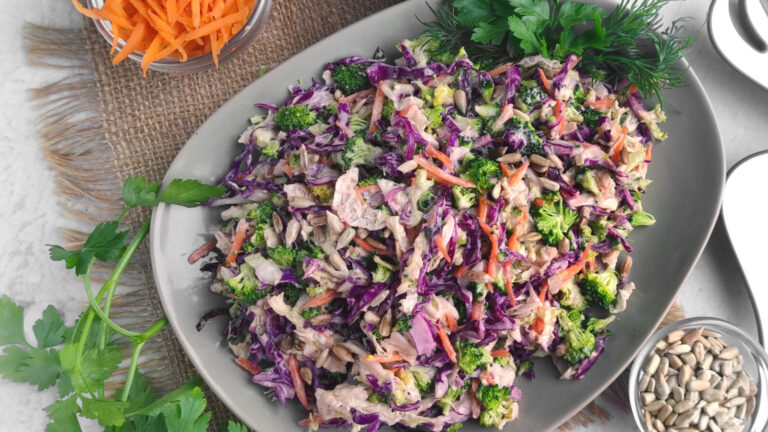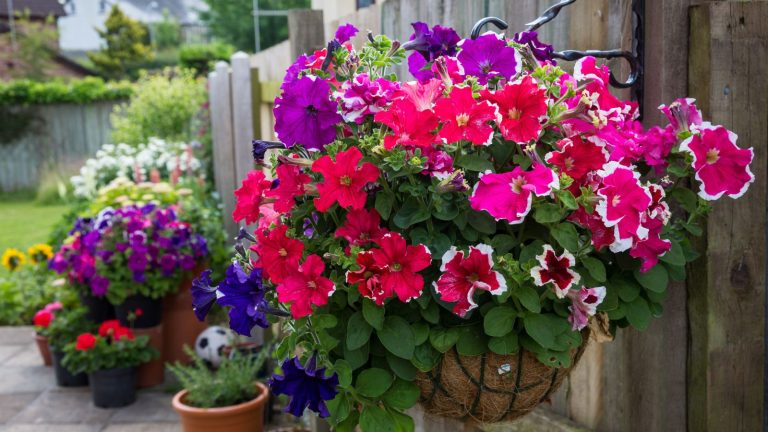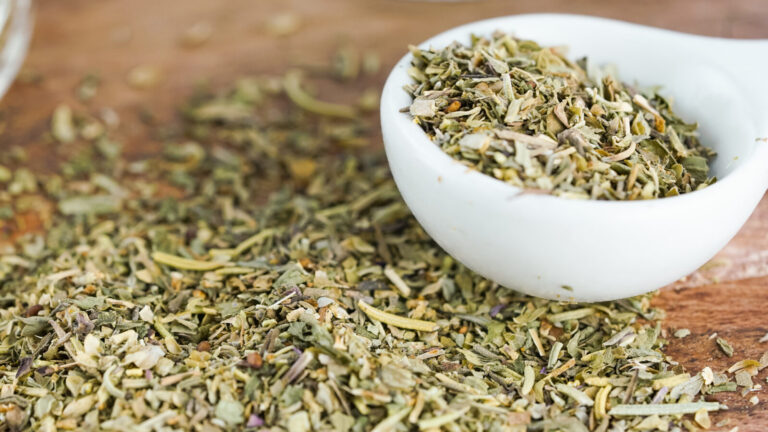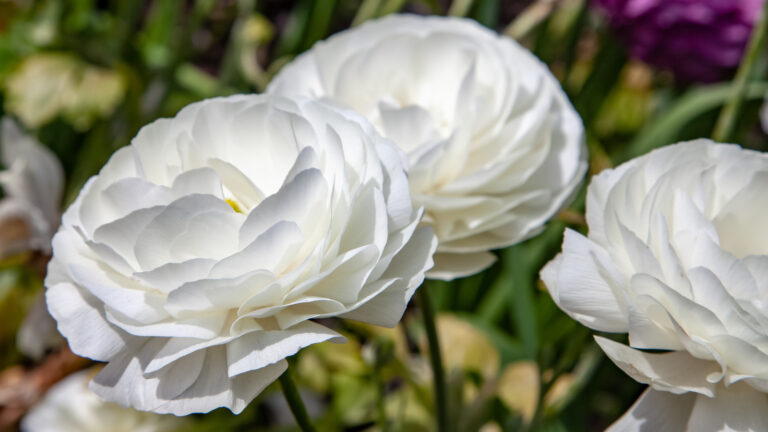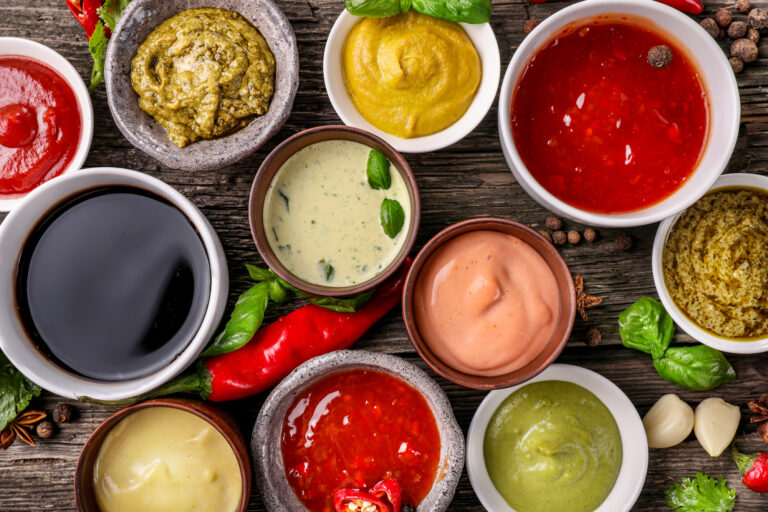This post may contain affiliate links.
If you are a big tea drinker, having an herbal tea garden may be a natural fit for your lifestyle. An herbal tea garden is a lovely blend of flavor, wellness, and gardening joy. Tea gardening is where every leaf and flower tells a unique story with its bold smell, taste, and flavor.
From the beautiful aroma of mint to the soothing warmth of chamomile, having an herbal tea garden is a great way to cultivate your own herb that blends the joys of gardening with the enjoyment of sipping on home-grown teas.
Here are the top 10 best herbs to grow in your herbal tea garden.
Mint

Mint is incredibly diverse, with spearmint and peppermint being the most popular for teas. Spearmint is milder and sweeter, while peppermint is more intense and cooling.
Mint thrives in moist, well-drained soil, preferring partial to full sunlight. It’s a hardy, fast-growing plant and can become invasive if not contained, making it ideal for container gardening.
Related post: How to Make Fresh Mint Tea
Lemon Balm

Lemon balm requires well-drained soil that receives full to partial sun. It’s a hardy perennial but can be invasive, similar to mint so that container planting can be a good option.
Lemon balm has a subtle lemon flavor with a hint of mint, making it a refreshing addition to tea blends. It’s recognized for relieving stress and anxiety and can also help with sleep disorders like insomnia.
Lavender

Among the various types, English lavender (Lavandula angustifolia) is most commonly used for tea due to its sweet, floral aroma and flavor. Lavender’s fragrance is known for its relaxing and stress-relieving qualities.
Lavender tea can help reduce anxiety and stress and promote a peaceful night’s sleep. It’s also used for digestive issues and as a natural remedy for pain relief.
Rosemary

Rosemary prefers full sunlight and well-drained soil. It’s drought-resistant once established and thrives in warmer climates.
Rosemary tea has a distinctive, aromatic flavor with a woody, evergreen scent. Rosemary is believed to enhance memory and concentration. Its antioxidant properties also contribute to overall brain health.
Chamomile

Chamomile enjoys full sun but can tolerate light shade. It prefers well-drained soil and is drought-tolerant once established. It’s generally easy to grow from seed and can self-seed prolifically.
Chamomile tea, with its gentle, apple-like flavor, is famous for its ability to induce calmness and improve sleep. It’s also gentle on the stomach, making it a great after-meal drink.
Pamper Yourself with this DIY Chamomile Bath Salts
Thyme

Thyme makes a delicious tea. Thyme tea is known for its antiseptic properties, effectively treating sore throats and respiratory issues, including coughs and bronchitis.
Thyme requires full sun and well-drained soil. It is drought-tolerant and prefers not to be overwatered.
Sage

Sage thrives in full sun and well-draining soil. It’s a perennial herb that does well in both gardens and containers.
Sage tea has an earthy, slightly peppery taste. Sage is excellent for soothing sore throats and is known for its antibacterial and anti-inflammatory properties.
Basil
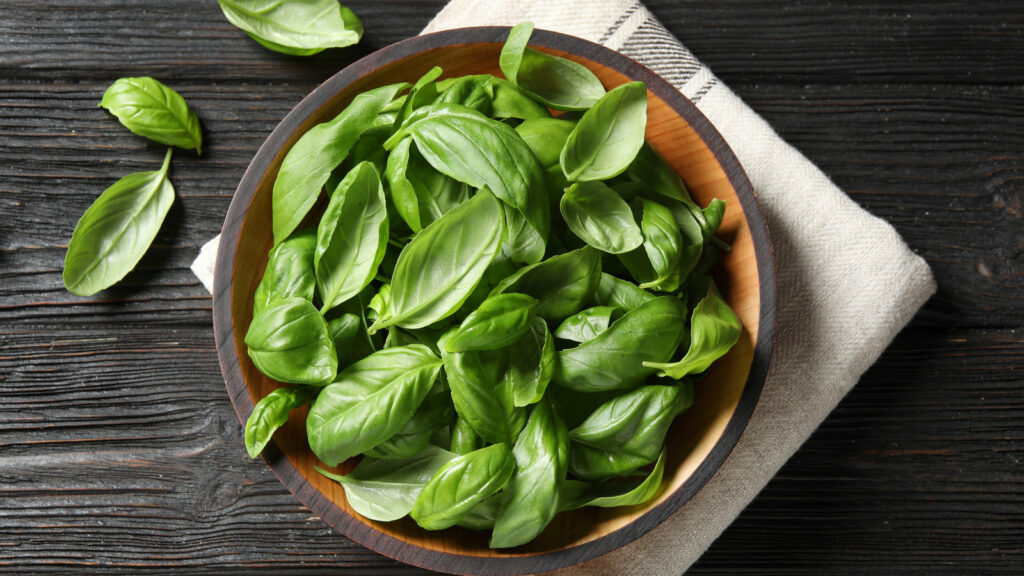
Sweet basil is commonly used for teas, but other varieties, like Thai basil or lemon basil, can add unique flavors.
Basil tea can be sweet and spicy, with a warm, clove-like essence, depending on the variety. Basil is rich in antioxidants and has anti-inflammatory and antibacterial properties, making it beneficial for overall health.
Lemongrass

Lemongrass prefers full sun and well-drained soil. In colder climates, it can be grown as an annual or in containers indoors.
Lemongrass adds a refreshing, lemony flavor to teas with a mild sweetness. It is often used to aid digestion, reduce stress, and as a detoxifying agent.
Echinacea

Echinacea is widely recognized for enhancing the immune system, especially beneficial during cold and flu seasons.
Echinacea prefers full sun and well-drained soil. It’s a hardy perennial and attracts pollinators like butterflies and bees to your garden.
21 Herbal Tea Recipes to Boost Your Mornings

Here are 21 herbal tea recipes that will take your morning to the next level.
21 Herbal Tea Recipes to Boost Your Mornings
12 Herbs to Propagate from Cuttings for Endless Supply

Using cuttings for propagation is faster than waiting for seeds to germinate, making it a popular method for many ornamental plants. Among edible plants, herbs are particularly well-suited for this method and tend to yield good results. Here are 12 herbs you can propagate easily today.
12 Herbs to Propagate from Cuttings for Endless Supply
How to Outsmart Gnats to Keep Them Away From Your Houseplants
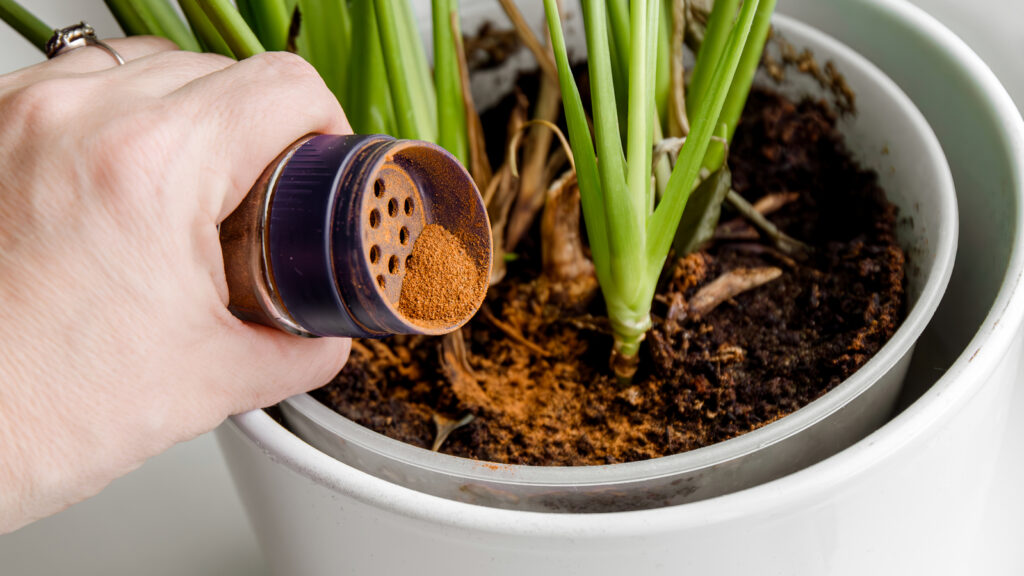
Gnats are more than just a minor annoyance; these tiny pests buzz around with a persistence that’s hard to ignore. Here are ten effective ways to keep gnats away from your house plants.
How to Outsmart Gnats to Keep Them Away From Your Houseplants
